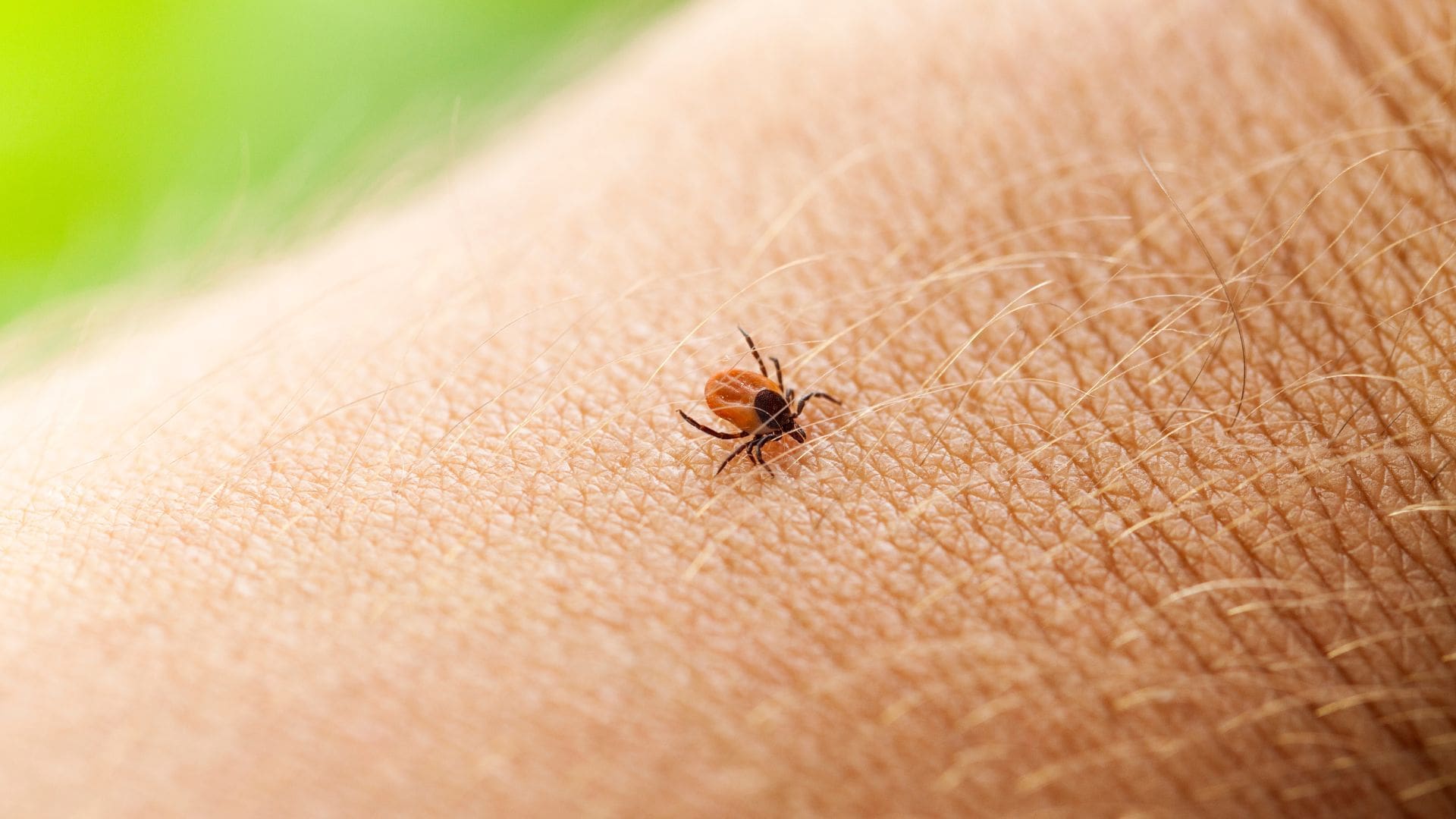Ticks are small arachnids, related to spiders, mites and scorpions. As parasites, they survive by attaching themselves to larger animals and feeding on their blood. Numerous species of tick are found in the UK, with some carrying harmful bacteria that can spread disease to humans.
Where are ticks found?
Ticks are found in densely forested environments including heathlands, woodlands, and tall grass. Since they are unable to fly, they cling to their host as it passes. The New Forest, Exmoor, the South Downs, Thetford Forest, the Lake District, the North Yorkshire Moors, and the Highlands and Islands of Scotland are some of the regions in the UK where ticks are particularly prevalent.
When is Tick season?
Although it may last longer, the tick season typically lasts from March until October. This is because ticks are more active throughout the year when it is rainy and warmer outside.
Ticks, though, are a problem we should consider year-round. This is because it might take up to three months for some tick bite symptoms, such inflammation, to manifest.
Symptoms of tick bites
Tick bites aren’t usually painful and sometimes only cause a red lump to develop where you were bitten. However, in some cases they may cause:
- swelling
- itchiness
- blistering
- bruising
Do ticks carry any diseases?
The most prevalent illness that ticks spread is Lyme disease, sometimes referred to as Lyme borreliosis. Although these mostly affect animals, they also carry other diseases.
In other parts of the world, ticks can spread different diseases, some of which can cause serious illness in both humans and animals.
What is Lyme disease and what are the symptoms?
Lyme disease is a bacterial infection that can be spread to humans by infected ticks. It’s usually easier to treat if it’s diagnosed early.
- Some people may get a circular or oval rash around a tick bite as their first sign of Lyme disease.
- The rash often emerges between one and four weeks after being bitten by an infected tick, although it can take up to three months for it to appear. It might continue for a few weeks.
- The middle of the rash may be darker or lighter, and it may gradually spread. It rarely gets hot or scratchy.
- When it develops on white skin, the rash may be flat or slightly elevated and appear pink, red, or purple. On brown and black skin, the rash may be harder to spot and may resemble a bruise.
Some people also get flu-like symptoms a few days or weeks after they were bitten by an infected tick, such as:
- a high temperature, or feeling hot and shivery
- headache
- muscle and joint pain
- tiredness and loss of energy
Preventing tick bites
- keep to footpaths and avoid long grass when out walking
- wear appropriate clothing (a long-sleeved shirt and trousers tucked into your socks)
- wear light-coloured fabrics that may help you spot a tick on your clothes
- use insect repellent on exposed skin
- check your skin for ticks
- check your children’s head and neck areas, including their scalp
- make sure ticks are not brought home on your clothes
- check that pets do not bring ticks into your home in their fur
Removing a tick safely
- Use fine-tipped tweezers or a tick-removal tool. You can buy these from some pharmacies, vets, and pet shops.
- Grasp the tick as close to the skin as possible.
- Slowly pull upwards, taking care not to squeeze or crush the tick. Dispose of it when you have removed it.
- Clean the bite with antiseptic or soap and water.
The chance of getting ill is low. You do not need to do anything else unless you notice a rash or become unwell.
We hope this information helps and gives you lots of advice.
If you would like to speak to us about how we could help with your First Aid training requirements, please call us on 01276 586943 or email us at admin@crosscountiestraining.co.uk for hassle-free bookings.
